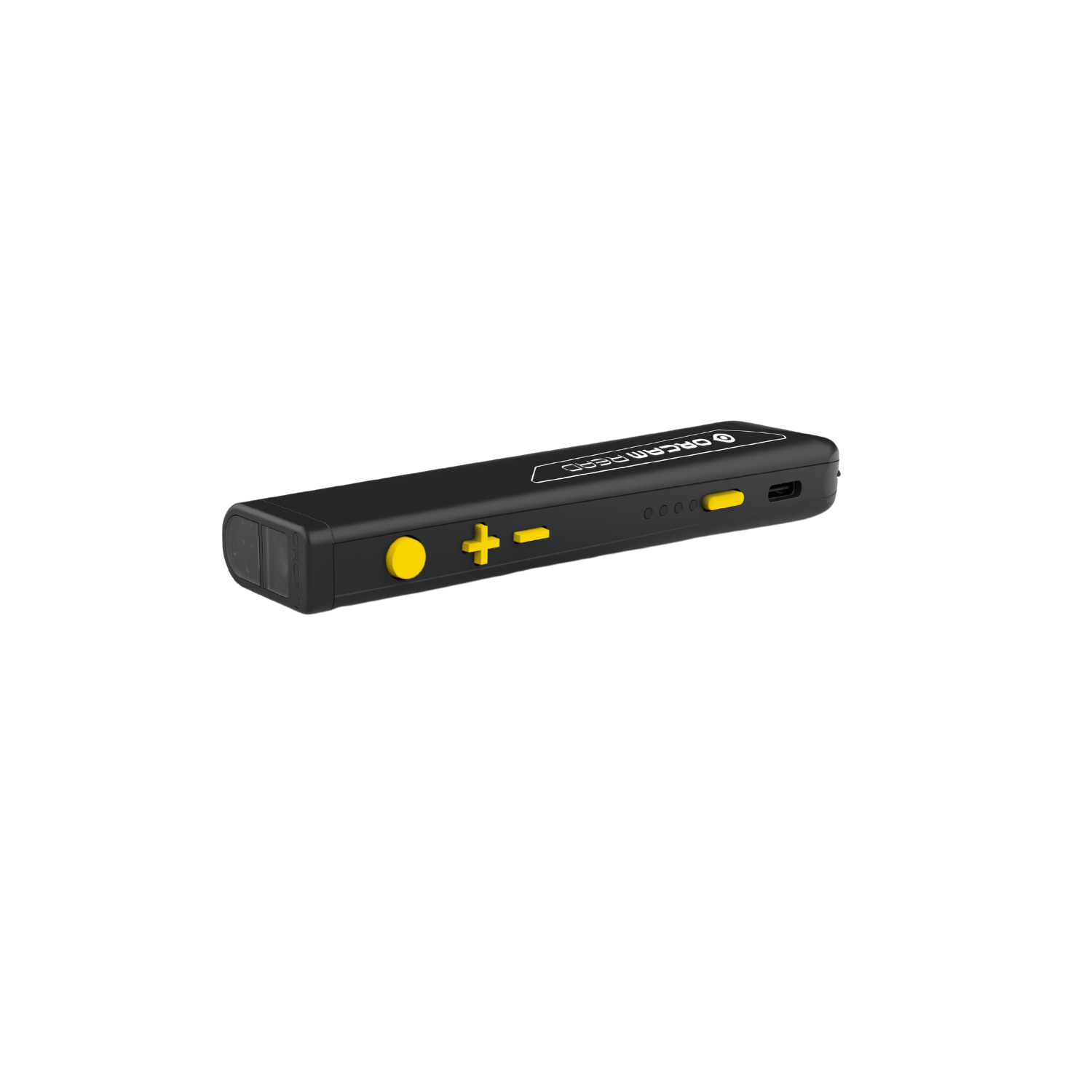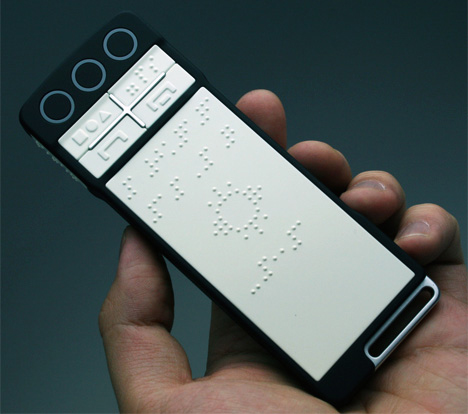Speech-to-Text Devices for Low Vision: Closing the Communication Gap
Speech-to-Text Devices for Low Vision: Closing the Communication Gap
Blog Article
Discover Ingenious Tools Designed for the Visually Impaired
The advancement of ingenious devices for the aesthetically impaired represents a substantial development in ease of access and freedom. Technologies such as wise glasses with AI capabilities and mobile applications developed to provide auditory descriptions are reshaping daily experiences for individuals.
Smart Glasses for Navigation

Smart glasses made for navigation are reinventing the way aesthetically impaired people interact with their setting. These innovative tools make use of a combination of cam technology, expert system, and auditory responses to give real-time info regarding surroundings. By utilizing obstacle detection systems, smart glasses can alert customers to possible hazards, enabling much safer flexibility in both acquainted and unknown setups.
The assimilation of GPS technology even more enhances navigating capabilities, permitting users to receive acoustic instructions as they relocate. This hands-free method not only cultivates freedom but also equips aesthetically damaged individuals to navigate city landscapes with boosted confidence. Additionally, many wise glasses are outfitted with functions that determine spots and street indications, giving contextual information that boosts the individual experience.
Moreover, the development of these devices is continually advancing, with firms working to improve the precision of item acknowledgment and broaden the variety of navigational features. As clever glasses end up being a lot more easily accessible and cost effective, they hold the possible to considerably change every day life for visually damaged individuals. Ultimately, these cutting-edge devices stand for a vital step towards inclusivity, offering boosted movement and a better sense of autonomy for individuals browsing the world around them.

Mobile Application for Daily Living
Exactly how can mobile applications improve the day-to-days live of aesthetically impaired individuals? Mobile applications are reinventing the means aesthetically impaired individuals browse their environments, take care of daily jobs, and access information. These applications provide vital assistance through various performances, promoting self-reliance and boosting high quality of life.
Numerous ingenious mobile apps are developed especially for day-to-day living. Apps like Be My Eyes link visually damaged users with sighted volunteers using video clip calls, permitting them to receive real-time support with tasks such as checking out labels or browsing unfamiliar rooms. Likewise, Seeing AI, developed by Microsoft, makes use of expert system to explain environments, read message, and identify things, effectively changing a mobile phone into a powerful tool for day-to-day support.
Furthermore, navigation apps customized for the aesthetically impaired, such as Aira and BlindSquare, supply audio-based directions and environmental information, allowing customers to traverse their surroundings safely and confidently. Beyond navigating and instant support, mobile apps likewise sustain organization and job administration, with attributes that aid users establish reminders, produce order of business, and track consultations. In recap, mobile applications act as essential resources, empowering visually damaged people to lead even more independent and satisfying lives.
Wearable Technologies for Support
Empowerment through modern technology is increasingly noticeable in the world of wearable tools designed to aid aesthetically impaired individuals. These ingenious devices integrate effortlessly into daily life, enhancing navigation and supplying essential comments to users. Smart glasses geared up with electronic cameras can acknowledge faces and read text aloud, permitting users to engage more with confidence in specialist and social setups.
One more remarkable innovation is the usage of haptic responses systems in wearable gadgets. These systems make use of vibrations or other tactile signals to convey information about the customer's atmosphere, such as obstacles or adjustments in surface, boosting flexibility and security. Wearable modern technologies likewise include wristbands that link to smartphones, alerting individuals to notifications via refined resonances, thus boosting connection without dependence on aesthetic cues.
As these innovations continue to progress, they are not only enhancing independence for aesthetically impaired individuals however also fostering a greater sense of incorporation in society. By linking the void between challenges faced in day-to-day living and the capacity for freedom, wearable technologies offer as essential tools in the quest for equality and empowerment for those with aesthetic problems.
Sound Summary Tools
Sound summary tools play an essential role in boosting ease of access for visually impaired individuals, supplying them with the capability to involve with aesthetic media. Mobility aids for visually impaired users. These tools offer narrated summaries of key visual elements in movies, television programs, and live efficiencies, making certain that customers can completely understand the context and emotions communicated through visuals
Sound summary can be integrated into various systems, including streaming solutions, movie theater screenings, and live theater. Many popular streaming services now include audio summary as an availability attribute, permitting audiences eye glass near me to pick it easily. Along with mainstream media, specialized applications also exist, offering audio summaries for art events, museums, and various other cultural occasions.
The performance of audio summary rests on the skill of the storytellers, who must convey visual details succinctly without interfering with the original audio. Innovations in this field are also paving the means for more customized experiences, where individuals can adjust the degree of information and pacing according to their choices.
Braille Innovations and Tools
Braille technologies and gadgets have significantly changed the way visually damaged people connect with text and information. Modern improvements have actually led to the advancement of versatile devices that improve literacy and independence amongst customers. Especially, Braille present innovations have actually evolved, permitting vibrant reading experiences. These tools convert electronic message into Braille, enabling users to access a substantial range of information on smart devices, computers, and tablets.
In addition, portable Braille notetakers integrate traditional Braille input with modern-day performances, assisting in note-taking, organizing, and paper editing on the go. Braille displays and notetakers. These compact devices typically include text-to-speech capabilities, connecting the space between Braille great site and acoustic information
On top of that, cutting-edge Braille printers have actually arised, permitting users to generate Braille tags, documents, and educational products effectively. This access cultivates higher involvement in instructional and expert environments, eventually promoting inclusivity.
Furthermore, research into wise Braille technologies remains to increase. Tools that incorporate synthetic intelligence are being discovered to give real-time navigation support and contextual details, improving the customer experience in diverse setups. In general, these innovations show a dedication to empowering visually damaged individuals through innovation, guaranteeing they can easily gain access to and involve with the world around them.

Verdict
The improvement of cutting-edge devices for the visually damaged substantially enhances freedom and top quality of like it life. Smart glasses, mobile applications, wearable technologies, audio description tools, and Braille innovations jointly equip people by providing essential navigation support, environmental recognition, and enhanced reading experiences. These innovations not just foster better incorporation yet likewise advertise freedom in daily activities, eventually adding to an extra fair and easily accessible culture for aesthetically impaired individuals. Continued advancement in this area holds assurance for additional enhancements.
As wise glasses become a lot more budget friendly and available, they hold the possible to substantially transform daily life for aesthetically impaired users. Mobile apps are revolutionizing the means aesthetically damaged customers browse their environments, take care of day-to-day jobs, and gain access to information. Applications like Be My Eyes attach visually impaired users with sighted volunteers using video clip telephone calls, allowing them to receive real-time support with jobs such as checking out labels or browsing strange rooms.Additionally, navigation applications customized for the visually impaired, such as Aira and BlindSquare, use audio-based directions and ecological information, making it possible for individuals to traverse their surroundings safely and with confidence.The advancement of innovative tools for the visually impaired significantly enhances independence and quality of life.
Report this page